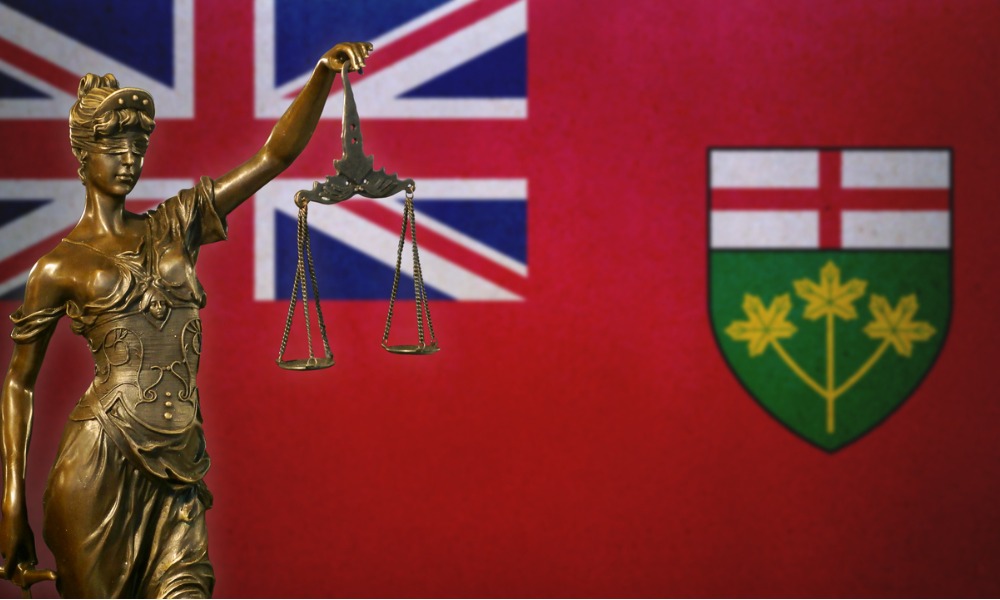A lot of public attention on the merits of the trade agreement signed by Canada, the United States and Mexico has focused on industries such as the dairy sector and disputes over steel and aluminium tariffs that are still in place.

A lot of public attention on the merits of the trade agreement signed by Canada, the United States and Mexico has focused on industries such as the dairy sector and disputes over steel and aluminium tariffs that are still in place.
Where the agreement may have the most long-term impact, however, is in the area of intellectual property, due to provisions that some critics have suggested are a result of the federal government making too many concessions.
For example, copyright protections under the deal that will now be known in this country as the Canada-United States-Mexico Agreement — or CUSMA — will be extended for another 20 years so that they are the life of the author plus 70 years.
Data protection for the “biologics” class of drugs will be extended to 10 from eight years. Patent protections could be extended if it is shown that there have been delays in the approval process by the patent office. As well, the federal government may need to enact new legislation to implement some of the requirements in the agreement.
Nathaniel Lipkus, a partner at Osler Hoskin & Harcourt LLP in Toronto, says the changes bring Canada more in line with other jurisdictions such as the United States and the European Union.
“The federal government made a few significant policy concessions but not anything that will result in structural changes. This was horse trading,” says Lipkus, whose practice focuses on international property law.
“For several years, the U.S and the EU have been trying to convince countries to come to their level of IP protection. Canada has always been more of a middle ground. We have tried to balance the rights of IP owners and of IP users. This agreement puts us much more on the IP protection side of the ledger,” says Lipkus.
The agreement, signed on Nov. 30 in Buenos Aires at the G-20 Summit, comes at a time when the federal government is in the process of enacting major changes to the rules governing the IP sector. The changes are part of an omnibus bill that was recently approved by the House of Commons and is now before the Senate.
The amendments are part of the federal government’s national “IP strategy.” They include new rules related to patents and trademarks, as well as the Copyright Board. The bill also proposes to create a College of Patent Agents and Trademark Agents to regulate licensees in this area.
For IP lawyers, the omnibus bill and the trade agreement may have a significant impact on their practice, but they say it is still difficult to predict exactly in what way.
“There are a lot of details that have to be worked out and how this will all be implemented,” says Alan Macek, a partner and IP lawyer at DLA Piper in Toronto.
In some instances, he says, this might require additional legislation to be drafted by the federal government. In the U.S., the Defend Trade Secrets Act was enacted in 2016.
“We have a mix of statutes and the common law. It will be interesting to see if legislation is also needed here,” says Macek. “Trade secret theft is an area that is now more in the news. People are more aware of it.” As well, he says, advances in technology make it easier to share this type of data, but they might also make it more susceptible to being stolen.
The trade pact was signed about two months after negotiators reached an agreement.
In that time, however, there have not been new details made public about its impact and how and when the provisions will be implemented, says Catherine Lovrics, a partner at Bereskin & Parr LLP in Toronto.
For example, the trade agreement does not require Canadian internet service providers to move to a “notice and takedown” system where there is an allegation of copyright infringement.
The existing “notice and notice” process where the provider is required only to inform the customer of the alleged infringement remains in place.
“How do we address repeat offenders? Are there any added obligations? In my view, the [trade] agreement does not squarely address that,” says Lovrics, who is co-leader of the firm’s Copyright & Digital Media practice group.
The “digital trade” section of the agreement requires “non-discriminatory treatment of digital products,” which can include any content that is digitally encoded, such as text, video or a recording. There is an exception for government subsidies, but Lovrics says this provision needs more clarification in the area of digital content.
Lipkus says that, while it made some concessions in the trade agreement, the federal government does not believe this will hurt Canada’s technology sector.
“They are making a bet on being able to capitalize on the IP we create and that we have a technology industry that is world class,” he says.








